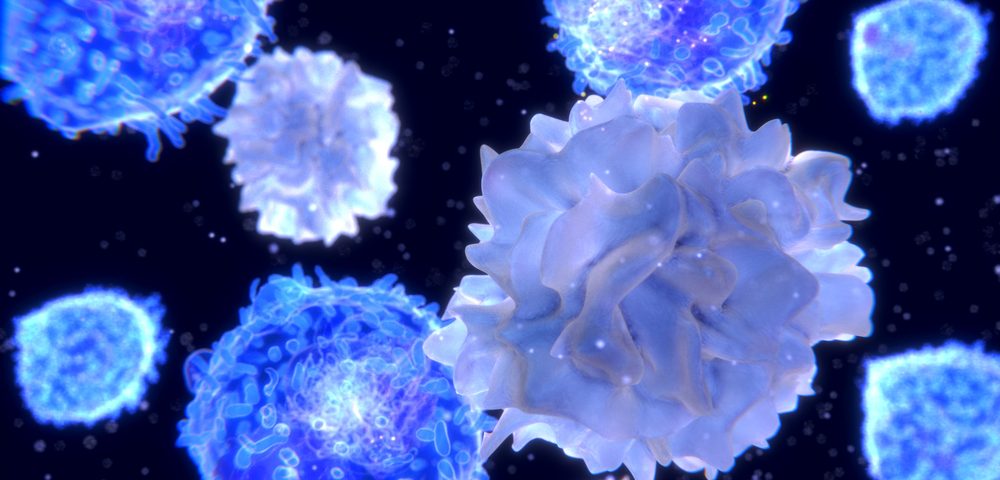Immune analysis of tumor biopsies during the course of early treatment can predict patients’ response to melanoma immunotherapy, according to the conclusions of a study that included 53 melanoma patients treated with immune checkpoint inhibitors.
Immunotherapy is designed to help a patient’s immune system identify and attack cancer cells, and several types of immunotherapy may be options for melanoma treatment. Identifying biomarkers to help determine who should receive certain drugs has been the focus of intense research, but no biomarkers have yet been found to strongly predict the response of a specific treatment.
The study, titled “Analysis of Immune Signatures in Longitudinal Tumor Samples Yields Insight into Biomarkers of Response and Mechanisms of Resistance to Immune Checkpoint Blockade,” was published in the journal Cancer Discovery by a research team at MD Anderson Cancer Center in Houston.
They measured immune responses in tumor biopsies and found that analysis in the early phase of immune checkpoint inhibitors’ treatment may provide far more value than analyzing samples before the start of treatment.
“Before treatment you can’t tell who will respond with any degree of certainty. On treatment, there were night-and-day differences between responders and non-responders,” study senior author Dr. Jennifer Wargo, MD, associate professor of genomic medicine and surgical oncology, said in a news release.
The team collected a cohort of longitudinal tumor samples from patients and analyzed each biopsy for immune biomarkers and gene expression. The patients were given two immune checkpoint inhibitors, anti-CTLA-4 and anti-PD-1, respectively.
Administration of the CTLA-4 inhibitor Yervoy (ipilimumab) resulted in a “clinical benefit,” defined as either absence of disease, tumor shrinkage, or stable disease for at least six months in seven (13 percent) of the 53 patients. The remaining 46 patients were then treated with the PD-1 inhibitor Keytruda (pembroluzimab), and 13 (28 percent) responded.
There were no significant differences of immune biomarkers between responders and non-responders before the start of treatment. But “profound and highly statistically significant” differences between responders and non-responders were found in nearly all of the 12 immune markers in the early anti-PD1 on-treatment biopsies.
As with the immune profiling, there were also differences in gene expression between responders and non-responders, but only at the early stage of treatment. Potential mechanisms of treatment resistance to PD-1 therapy were also identified.
These findings suggest that analysis of immune responses in melanoma tumors can and should be considered early in treatment, after initiation of therapy. This could be of help in guiding treatment and also help in additional research for understanding how melanoma responds to or resists treatment.
“We could start by treating with anti-PD1, do an early on-treatment biopsy and, based on that, either continue or add ipilimumab or another agent,” Wargo said in a news release.


